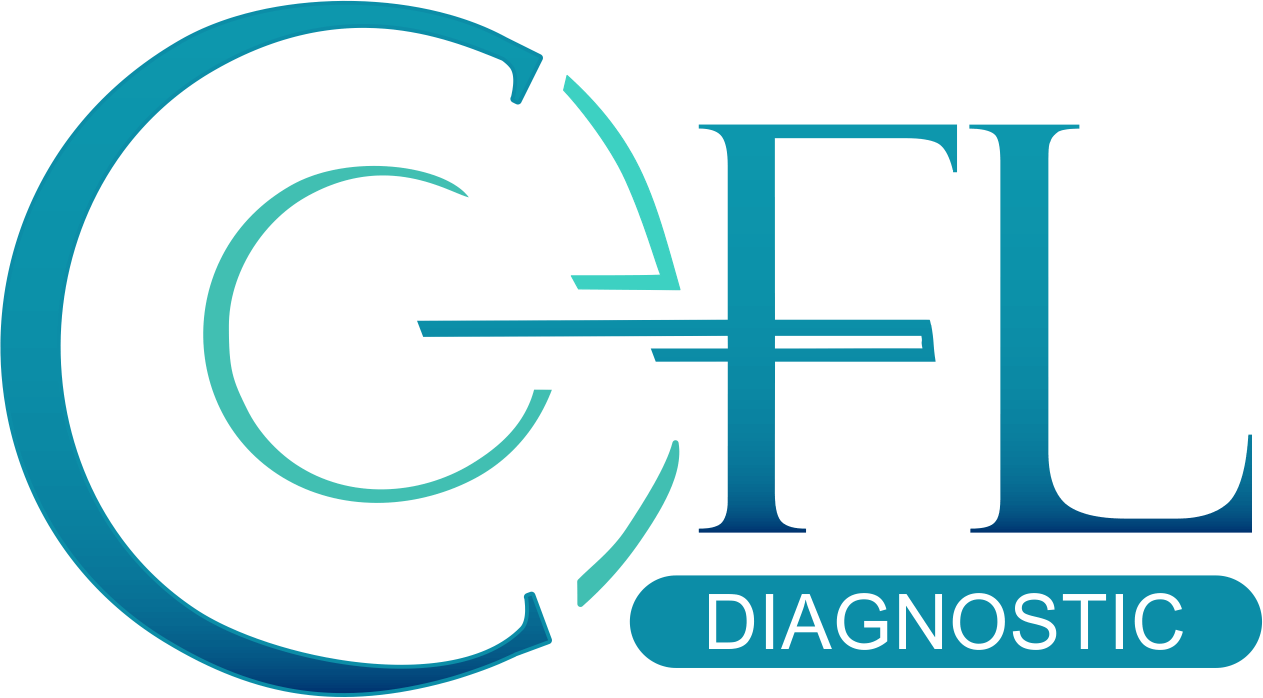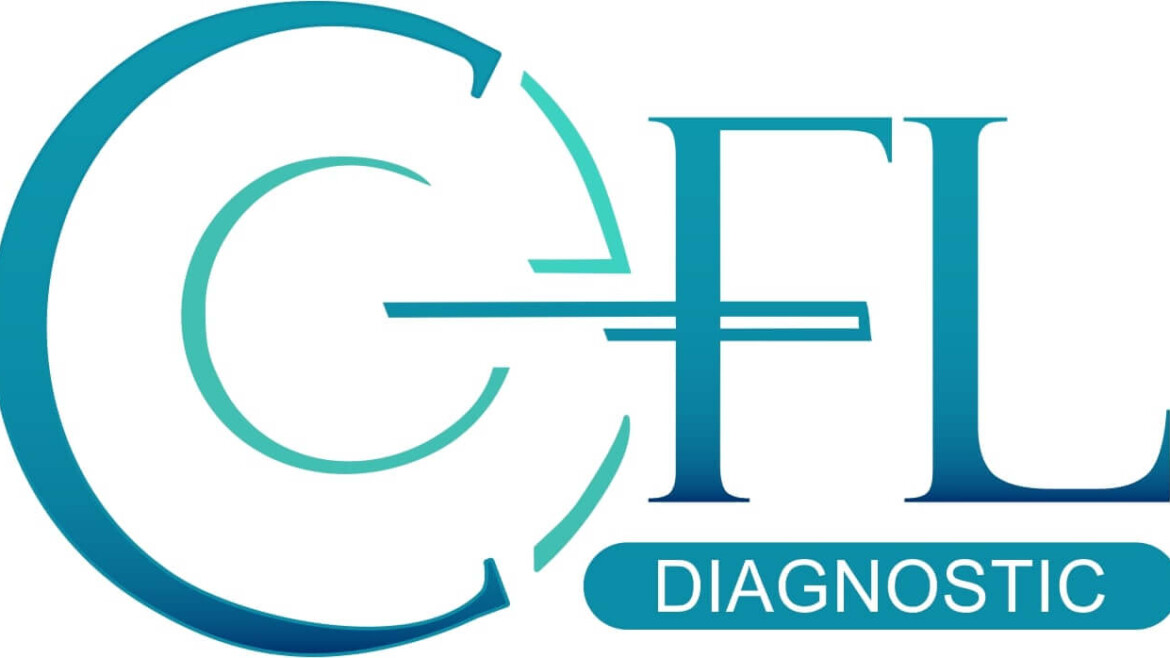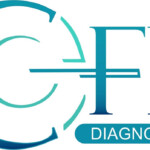April is Parkinson’s Awareness Month! Parkinson’s disease occurs when brain cells that make dopamine − a chemical that coordinates movement − are damaged. It is a lifelong and progressive disease, meaning symptoms slowly worsen over time. Even though broad paths of similarity are observed among individuals with Parkinson’s as the disease progresses, Parkinson’s does not affect everyone the same way.
The rate of progression and particular symptoms differ among individuals. This makes the experience of living with Parkinson’s unique to each person. There are a few questions a Parkinson’s diagnosis can bring including which symptoms each individual will get, when they will get them or how severe they will be.
To provide better clinical intervention and treatment at the onset of Parkinson’s disease, it is imperative to find accurate biomarkers for early diagnosis, including prodromal diagnosis (a stage at which individuals do not fulfill diagnostic criteria for Parkinson’s, but do exhibit signs and symptoms of a higher than average risk) and preclinical diagnosis (a state that precedes the diagnosis of Parkinson’s disease but without the presence of the characteristic motor features of the disorder) as well as for reliable monitoring of disease progress.
Since James Parkinson’s Essay on the Shaking Palsy almost two centuries ago describing a handful of patients who showed tremor at rest, bradykinesia (slowness of movement) and, some of them, akinesia (loss of availability to move muscles), many clues to the causes and genetic involvement in Parkinson’s and the chain of events that leads to the damage and loss of brain cells have been uncovered.
Neuroimaging has been an evolving field, providing in-vivo insights into the structural and biochemical changes in Parkinson’s disease, although Parkinson’s diagnosis remains clinical. Nevertheless, the clinical applications of neuroimaging technology increasingly allow the ability to quantify:
- Neurotransmitter receptors of dopamine, serotonin, noradrenalin, cholin via PET
- Neuropigmented cells such as iron and neuromelanin on MRI
- Cell markers of phosphodiesterases, microglia, alpha-synuclein and tau aggregates via PET
- Neuronal activity and microstructural changes by resting-state and task-dependent functional MRI as well as through diffusion-based assessments
These multimodal neuroimaging approaches have provided increasing insight on the temporal and spatial dynamics of neurotransmitter systems and brain circuits in Parkinson’s disease.
Finding a cure might take time but through advanced neuroimaging research we can improve the quality of life for people with Parkinson’s and their families. The possibilities are endless and include:
- Neuroimaging tests could help distinguish between these diseases and other neurological disorders, which in early stages may resemble Parkinson’s disease. Some of these neuroimaging biomarkers may help improve the current consensus diagnostic guidelines and allow investigators to ascertain an optimal approach for diagnostic purposes in combination with clinical experience.
- Research using multimodal neuroimaging has facilitated a better understanding of the disease processes in Parkinson’s and atypical Parkinsonian syndromes − neurodegenerative disorders that often present with substantial clinical and pathological heterogeneity.
- Data analytic models could provide tools to characterize Parkinson’s disease subtypes and predictors of disease progression. Such tools could accelerate testing of new Parkinson’s treatments by helping researchers design trials and choose study participants that would benefit from a particular treatment the most.
- In vivo imaging studies could provide hypothesis-generating frameworks for future studies on the existence of subtypes such as the recently proposed Brain-First versus Gut-First Parkinson’s Disease hypothesis.
- For certain patients, image-guided therapy could provide a noninvasive alternative to surgery with less risk of complications and at lower cost.
Parkinson’s disease is a brain disorder with distinct molecular, functional and structural features. With radiologists maintaining their prominent role in administering combinations of multiple techniques in single patients, generating and interpreting images, we have the potential to make significant contributions to clinical practice.




